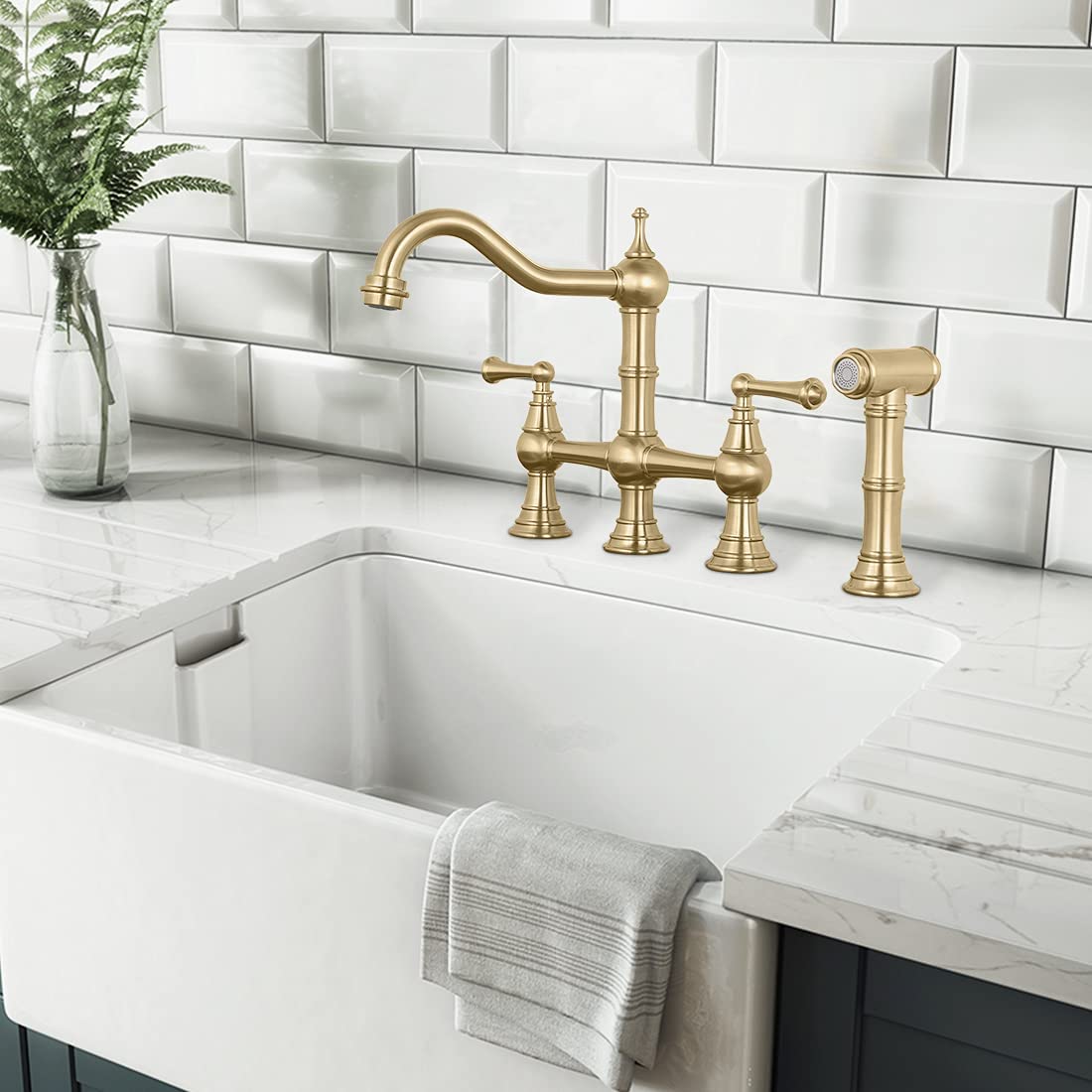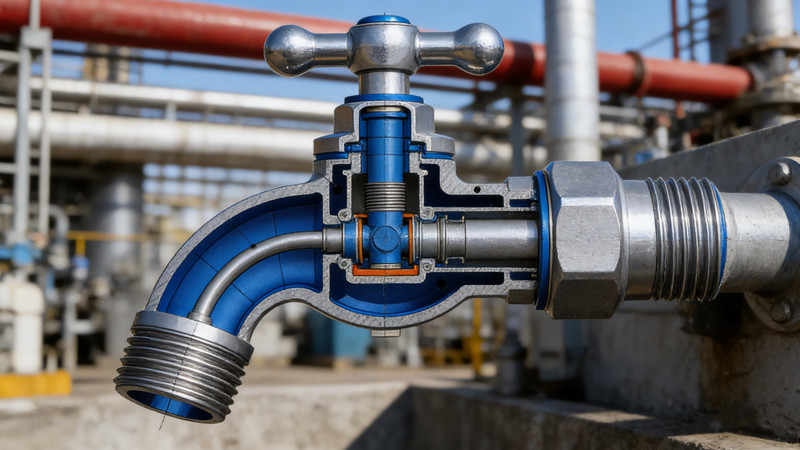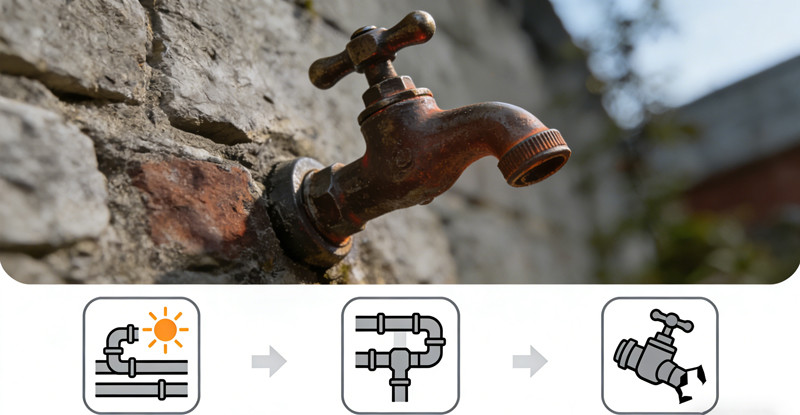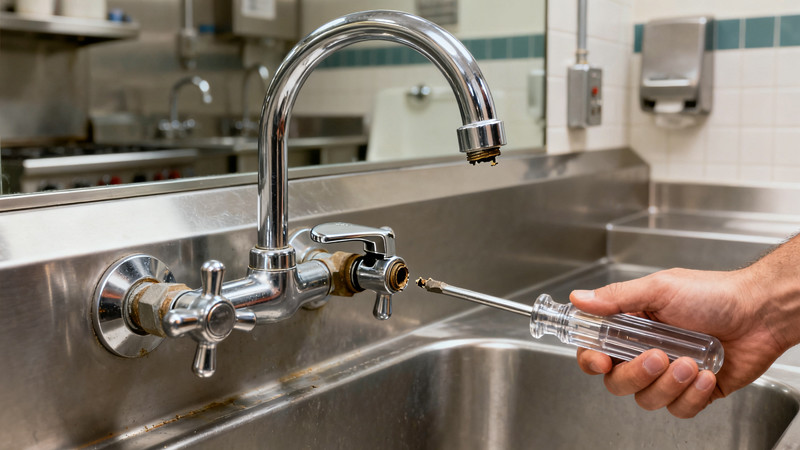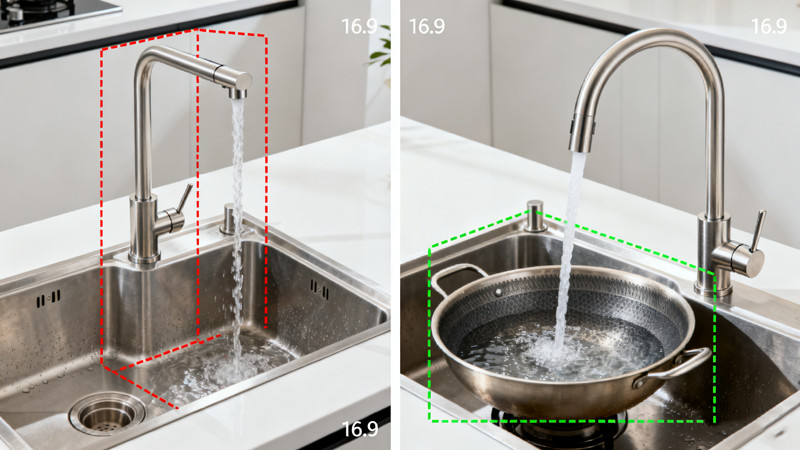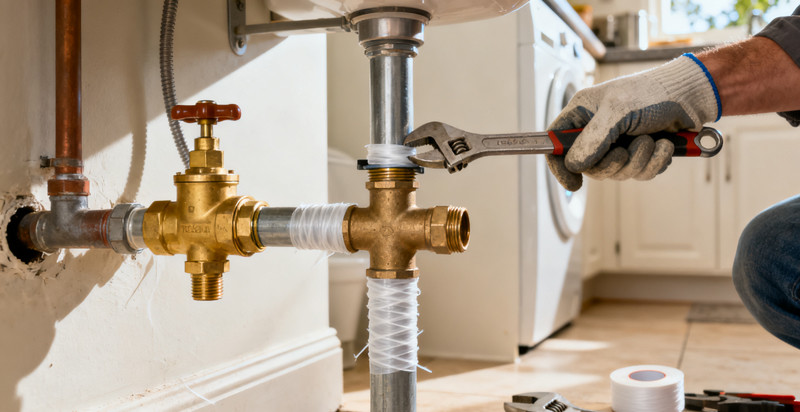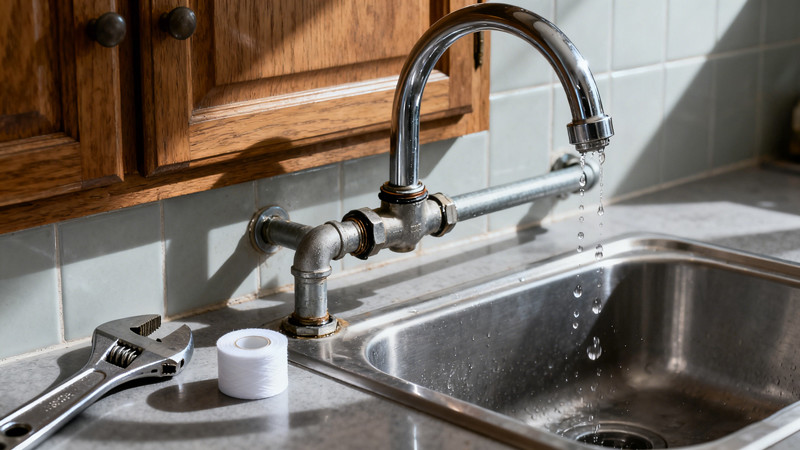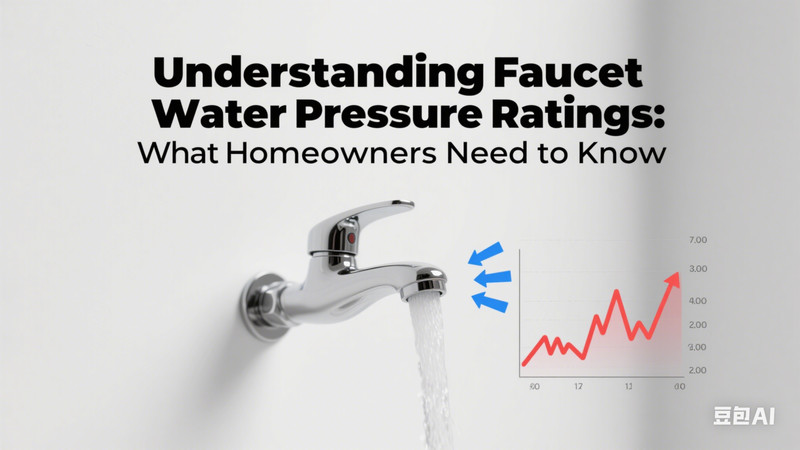
When shopping for a new faucet—whether for your kitchen, bathroom, or outdoor use—you’ll notice something often overlooked but critically important: water pressure ratings. These ratings are more than just numbers; they directly affect how well your faucet functions and how long it lasts. Understanding water pressure ratings can help you make smarter purchases, avoid plumbing problems, and ensure your faucet performs efficiently for years to come.
In this article, we’ll break down what faucet water pressure ratings are, why they matter, how to measure them, and what to look for when selecting a new faucet for your home.
What Are Faucet Water Pressure Ratings?
Water pressure ratings on faucets refer to the range of water pressure (measured in PSI – pounds per square inch) that a faucet is designed to handle effectively. Most residential faucets are rated to operate best within a range of 40 to 60 PSI, with 60 PSI often considered the maximum optimal pressure.
While most faucets are tested for a broader range—typically from 20 to 80 PSI—it’s important that your home’s plumbing matches what the faucet is built for. Exceeding this range can lead to leaks, premature wear, or even damage to the faucet or connected plumbing.
Why Faucet Water Pressure Ratings Matter
Many homeowners never consider water pressure ratings until they experience problems. Here’s why these numbers are important:
1. Performance
Low pressure can lead to weak water flow, making tasks like washing dishes or rinsing shampoo out of your hair frustrating. On the flip side, high water pressure may lead to splashing, excessive water waste, and difficulty in controlling temperature.
2. Durability
Faucets are tested and certified to withstand a certain PSI range. Operating outside that range—especially too high—can wear out internal components like washers, cartridges, and aerators prematurely.
3. Compliance
Most U.S. municipalities have plumbing codes that require faucets and plumbing fixtures to meet certain pressure and flow standards. Installing a faucet with the wrong rating can put you out of code compliance, especially in new builds or remodels subject to inspection.
4. Water Conservation
Many faucets are designed with flow restrictors or aerators to help conserve water. These features work best when water pressure is within the recommended range. Too low, and water barely trickles. Too high, and you’ll override conservation features.
How to Measure Your Home’s Water Pressure
Before choosing a faucet, it’s a good idea to check your home’s water pressure. Here’s how:
🧰 What You Need:
- A water pressure gauge (available at hardware stores for around $10–$20)
🛠️ Steps:
- Choose a faucet or hose bib (outdoor spigot) closest to where your water line enters the home.
- Make sure all faucets and appliances are turned off.
- Attach the gauge to the faucet or spigot.
- Turn the water on full blast and read the gauge.
✅ What’s Normal?
- 40–60 PSI: Ideal operating range for most residential faucets
- Below 40 PSI: May result in weak flow
- Above 80 PSI: Can be damaging and may require a pressure-reducing valve (PRV)
If your pressure is too high, installing a pressure regulator can help bring it into the safe range. If it’s too low, you may need to check for pipe obstructions, leaks, or issues with your municipal water supply.
Choosing a Faucet With the Right Pressure Rating
When selecting a new faucet, look for the manufacturer’s specifications. These often include:
- Optimal Operating Pressure
- Maximum Static Pressure
- Minimum Operating Pressure
Most faucet brands like Moen, Delta, Kohler, and Grohe design products to work best in the 40–60 PSI range, but it’s always worth verifying. If your water pressure is consistently high or low, look for models specifically rated for those conditions.
What Happens if the Pressure is Too High or Too Low?
🚱 Low Pressure Symptoms:
- Weak water stream
- Inconsistent temperature control
- Reduced flow from sprayers or pull-down faucet heads
Causes: Old plumbing, clogged aerators, municipal restrictions, or too many appliances running simultaneously
💦 High Pressure Symptoms:
- Leaking faucets or pipe joints
- Faucet “banging” or water hammer
- Rapid wear on seals and cartridges
Causes: No PRV installed, closed water valves, or high-pressure municipal supply
Both extremes can be problematic and costly over time if not addressed.
Other Factors to Consider
💡 Flow Rate vs. Pressure
Don’t confuse flow rate (measured in gallons per minute, or GPM) with pressure (measured in PSI). Flow rate tells you how much water comes out; pressure tells you how forcefully. Both are influenced by each other, but they are not the same.
For example, a faucet might have a flow rate of 1.5 GPM at 60 PSI. If your water pressure is only 30 PSI, you’ll get significantly less flow than expected.
💧 Faucet Aerators and Regulators
Most faucets come with aerators or flow restrictors that are tuned for a specific pressure. You can swap these out for ones with higher or lower flow depending on your water pressure and needs.
Final Thoughts
Water pressure may seem like a technical detail, but it plays a vital role in faucet performance, plumbing integrity, and even comfort in daily use. Whether you’re building a new home, remodeling a bathroom, or just replacing an old faucet, take a moment to check your water pressure and match it with the appropriate faucet rating.
A well-matched faucet will deliver better performance, last longer, and save you from unnecessary repairs down the road. It’s a small step that can make a big difference in your home’s plumbing health.
 WOWOW Faucets
WOWOW Faucets